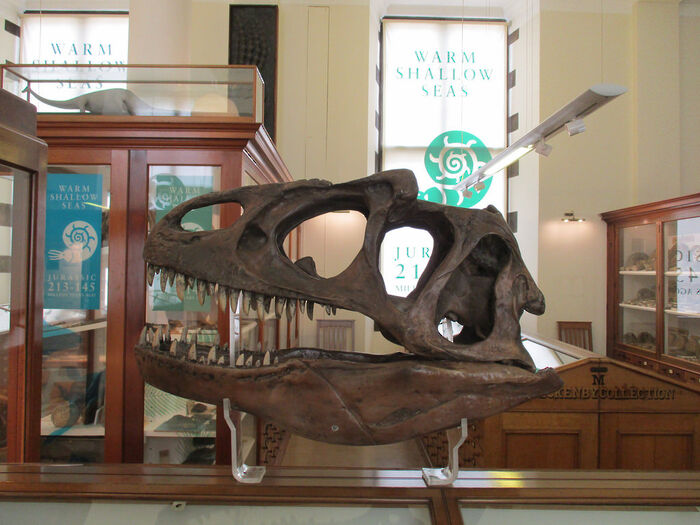This week in scientific history – Dolly the sheep
22 years ago today, the first cloned mammal was announced to the world, with far-reaching implications for the future of science and medicine

On February 22nd in 1997, the announcement of the first mammal born through the cloning of an adult cell set off frenzied debates across the world. Dolly the sheep was actually born in July 1996, but the news was held back until the publication of the scientific report on the cloning work, as well as the submission of a patent for the cloning technique.
The announcement had many roots in Cambridge science. Dolly was not the first sheep ever cloned – in 1984, a sheep was cloned from an embryo cell at the Institute for Animal Physiology, now the Babraham Institute, in Cambridge. The possibility of using mature cells rather than pluripotent embryo cells to clone an organism emerged through the work of John Gurdon, during his PhD at Oxford in the 1950s. Gurdon transferred the nucleus of a mature, differentiated cell from an African clawed frog into an egg cell with the nucleus removed. This nuclear-transfer experiment produced cloned tadpoles, proving it was possible to produce cloned embryos from adult cells. These results were initially greeted with scepticism, but by 1971 Gurdon was working on this nuclear reprogramming effect in Cambridge, and directing an institute named after him by 2001.
Gurdon’s work in Cambridge therefore formed the background for the cloning of Dolly. Ian Wilmut, the leader of the research group which cloned Dolly, also received his PhD at Cambridge. Working alongside Keith Campbell in Edinburgh, the group set their sights on cloning mammals from adult cells, inspired by the work of Gurdon. The major hurdle in this challenge was convincing the differentiated adult cell nucleus to return to its undifferentiated state. Co-ordinating the stages of the cell cycle of both the adult and egg cells by starving them meant that successful nuclear transfer of this type could occur for the first time.
The birth of Dolly marked a triumph in cellular reprogramming, as the first cloned mammal to survive until adulthood. Dolly was more than just a scientific triumph, though – she was a living, breathing sheep, who went on to have six lambs. She was named after Dolly Parton, in reference to the adult cell Dolly was cloned from – the mammary gland cell. We can see the wider questions about science in society that even Dolly’s name raises. More dramatic social and ethical questions made the headlines in the aftermath of the 1997 announcement, with fears about the possibilities of human cloning. However, the most exciting and promising areas Dolly’s birth led to were in the reprogramming of cells rather than the cloning of whole organisms.
By 2006, methods of converting adult cells back into pluripotent stem cells by transcription factors which reprogram the cell had been discovered by Shinya Yamanka. There is now vast potential for these cells to be used in regenerative medicine to replace cells lost to disease or damage, as each stem cell can go on to make any cell type in the body. Stem cell transplants could therefore replace neurons damaged by Alzheimer’s, produce insulin in diabetics, and repair injured organs and tissues. In 2012, a group of Cambridge scientists published work on the possibility of producing banks of stem cells that could potentially be used to treat most members of the population, without the need for production of individual personalised cell lines. Work like this will ensure stem cell therapies are one day accessible to all potential patients and save countless lives – so we should give thanks to Dolly the sheep for being the unwitting pioneer.
 News / Eight Cambridge researchers awarded €17m in ERC research grants27 December 2025
News / Eight Cambridge researchers awarded €17m in ERC research grants27 December 2025 News / Clare Hall spent over £500k opposing busway 24 December 2025
News / Clare Hall spent over £500k opposing busway 24 December 2025 Comment / League tables do more harm than good26 December 2025
Comment / League tables do more harm than good26 December 2025 News / Caius mourns its tree-mendous loss23 December 2025
News / Caius mourns its tree-mendous loss23 December 2025 Comment / The ‘class’ of Cambridge24 December 2025
Comment / The ‘class’ of Cambridge24 December 2025










